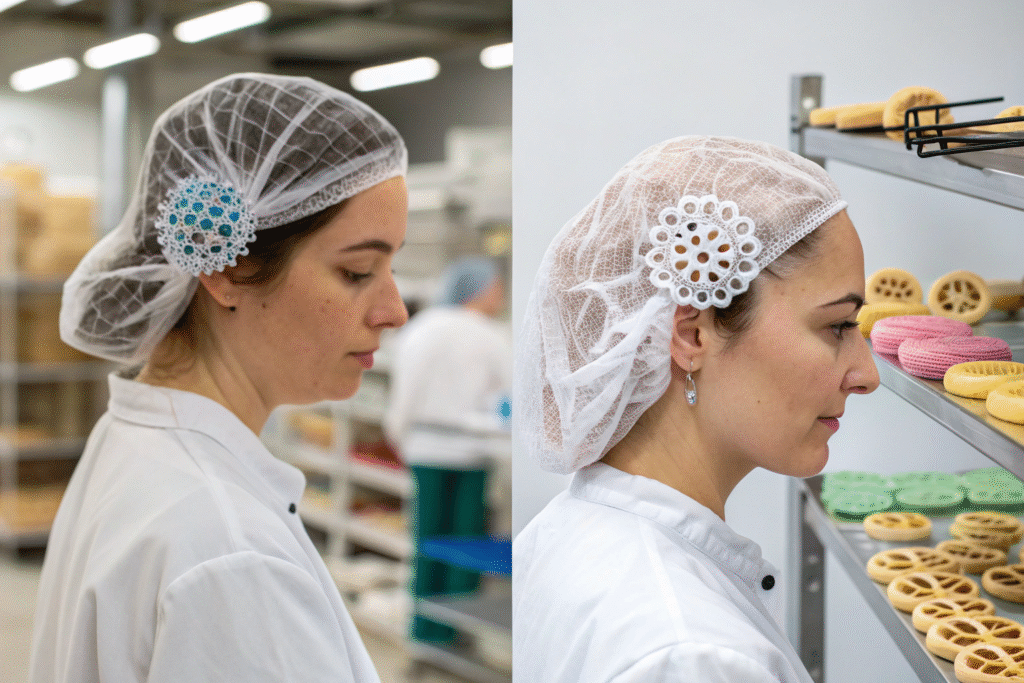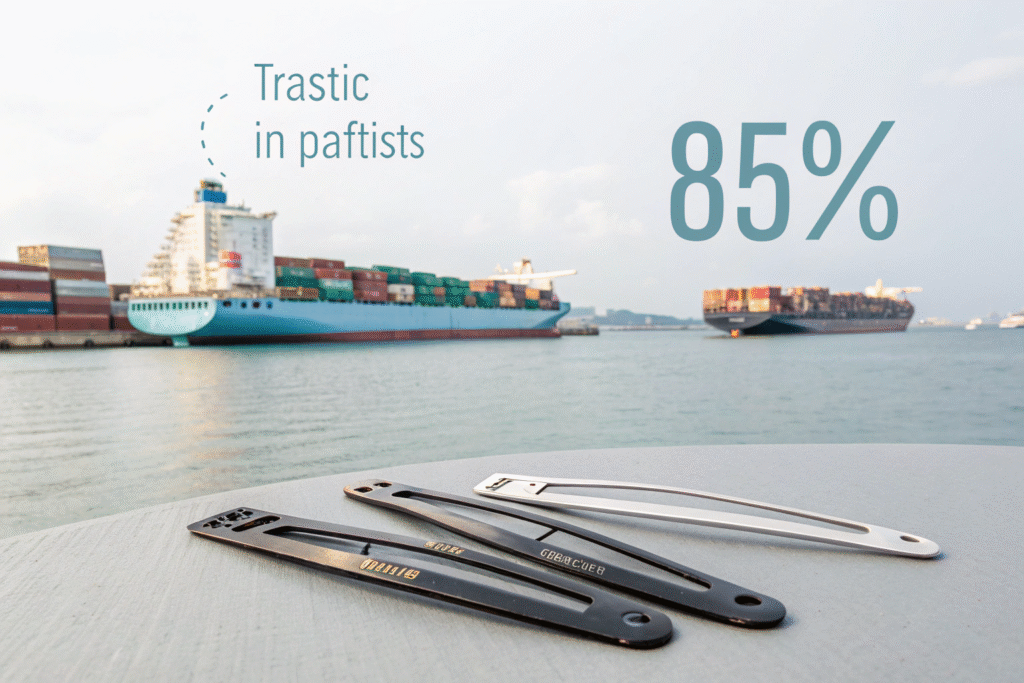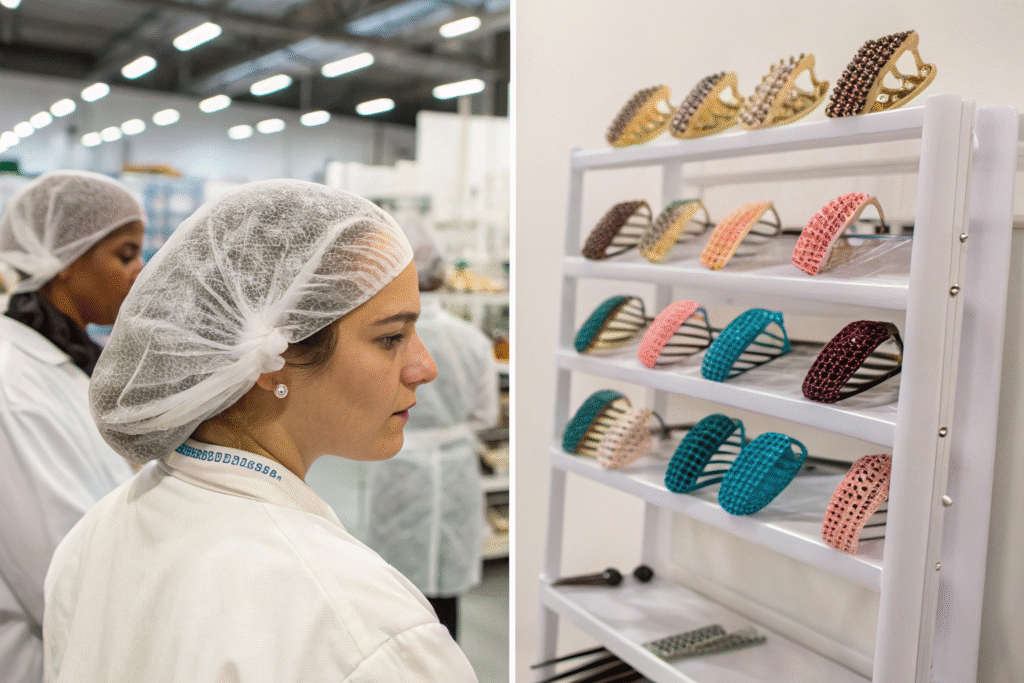When importing hair products into the United States, many buyers and sourcing managers get caught off guard by the different tariff classifications. A simple choice between a functional hair net and a fashionable hair accessory can result in very different duty rates. This directly impacts profit margins, pricing strategies, and sourcing decisions for brands and wholesalers.
The short answer is that hair nets usually carry a duty rate of around 9–10%, while fashion hair accessories often fall between 5% and 11%, depending on the material. This means importers should carefully classify their products under the right HS code to avoid overpaying and to maximize savings.
Understanding these distinctions is critical for anyone sourcing from overseas suppliers, especially from China, where the bulk of global headwear and hair accessory production is concentrated. By the end of this article, you will know exactly how tariffs apply to hair nets versus fashion accessories, and how to make smarter sourcing decisions.
Why Are Hair Nets Classified Differently?
Hair nets may look simple, but they fall under a unique customs classification. For U.S. imports, hair nets are treated as protective or functional headgear, which places them under a different tariff schedule than decorative hair accessories. This difference often confuses new importers, who assume that all head products are taxed the same way.
Hair nets are typically classified under HTSUS 6505.10.0000, with duty rates ranging from 9.4% to 9.7%. These rates have remained relatively steady across customs rulings and apply regardless of material.

While this seems like a modest number, it is significantly higher than some plastic hair accessories that enter at just 5.3%. For large-volume orders, this difference can translate into thousands of dollars in additional import duties.
What Is the HS Code for Hair Nets?
Hair nets are identified by the HS code 6505.10.0000, covering “hats and other headgear…; hair-nets of any material, whether or not lined or trimmed.” According to the U.S. International Trade Commission, this classification applies broadly and leaves little room for alternative interpretation. Another ruling on customsmobile.com reaffirmed that hair nets, regardless of textile composition, fall under this code.
Why Do Hair Nets Have Higher Duties?
The reason lies in the classification system. Hair nets are not considered fashion goods but rather functional headgear for food processing, healthcare, or industrial use. Because of this, customs assigns them higher duties compared to ornamental accessories. This is an important reminder for buyers: the purpose of the product often influences how tariffs are applied.
How Are Fashion Hair Accessories Taxed?
Unlike hair nets, fashion accessories are classified under Chapter 96 of the Harmonized Tariff Schedule, which includes hair slides, clips, and barrettes. Here, the duty rate depends on the material composition of the accessory.
Plastic or rubber hair accessories generally fall under HTSUS 9615.11.4000, which has a duty rate of 5.3%. On the other hand, metal accessories are covered by HTSUS 9615.19.6000 and face an 11% tariff.

This wide range means that the same product design, if manufactured in a different material, could fall into a higher duty bracket. For importers, paying attention to materials is as important as managing logistics.
What Is the HS Code for Plastic Hair Accessories?
Plastic hair accessories, including plastic hair barrettes, are generally classified under HTS code 9615.11.4000, with a 5.3% duty. The U.S. Customs ruling found in customsmobile.com confirms this duty rate, making plastic a cost-effective choice for importers.
Do Metal Hair Accessories Have Higher Duties?
Yes. Metal hair clips and barrettes fall under HTSUS 9615.19.6000, which carries an 11% duty rate. A customs ruling archived on faqs.org highlights this classification. This means that while metal accessories may look premium, importers must plan for higher tariffs compared to plastic or rubber designs.
How Can Importers Optimize Costs?
Importers who understand tariff structures can optimize their sourcing strategy. By choosing the right material, working with suppliers who understand HS codes, and using proper documentation, businesses can avoid unnecessary duties and maintain competitive pricing.
Plastic accessories are the most cost-friendly at 5.3%, while hair nets and metal clips fall on the higher side of the spectrum. Importers should also stay informed about tariff adjustments, trade agreements, and customs rulings.

Can Product Design Influence Tariffs?
Yes. Product design choices, such as using plastic instead of metal, can reduce tariff exposure. Some importers also consider hybrid designs that fall under lower duty brackets. For example, a plastic clip with decorative fabric may still be classified under plastic HS codes, thus saving costs. A practical guide is available from HS-codes.com.
Are There Trade Agreements That Reduce Duties?
Depending on the country of origin, some trade agreements may reduce or even eliminate tariffs. However, Chinese-origin goods are typically subject to standard MFN (Most Favored Nation) rates. Importers targeting the U.S. market from China must plan tariffs into their landed costs. More details can be found at the U.S. Customs and Border Protection site.
Conclusion
Tariff classification makes a significant difference for importers. Hair nets are classified as functional headgear and usually taxed at about 9–10%. Plastic fashion accessories enjoy a low 5.3% duty, while metal hair accessories face around 11%. For importers, the key is accurate classification, careful material selection, and strategic supplier cooperation.
At HairAcc, we help our global clients navigate these complexities. With our in-house production, professional QC team, and export experience to the U.S., EU, and Russia, we ensure compliance and cost-effectiveness. If you are ready to develop your own hair accessory line with a reliable partner, please contact our Business Director Elaine at elaine@fumaoclothing.com. We would be honored to bring your brand’s vision to life.









